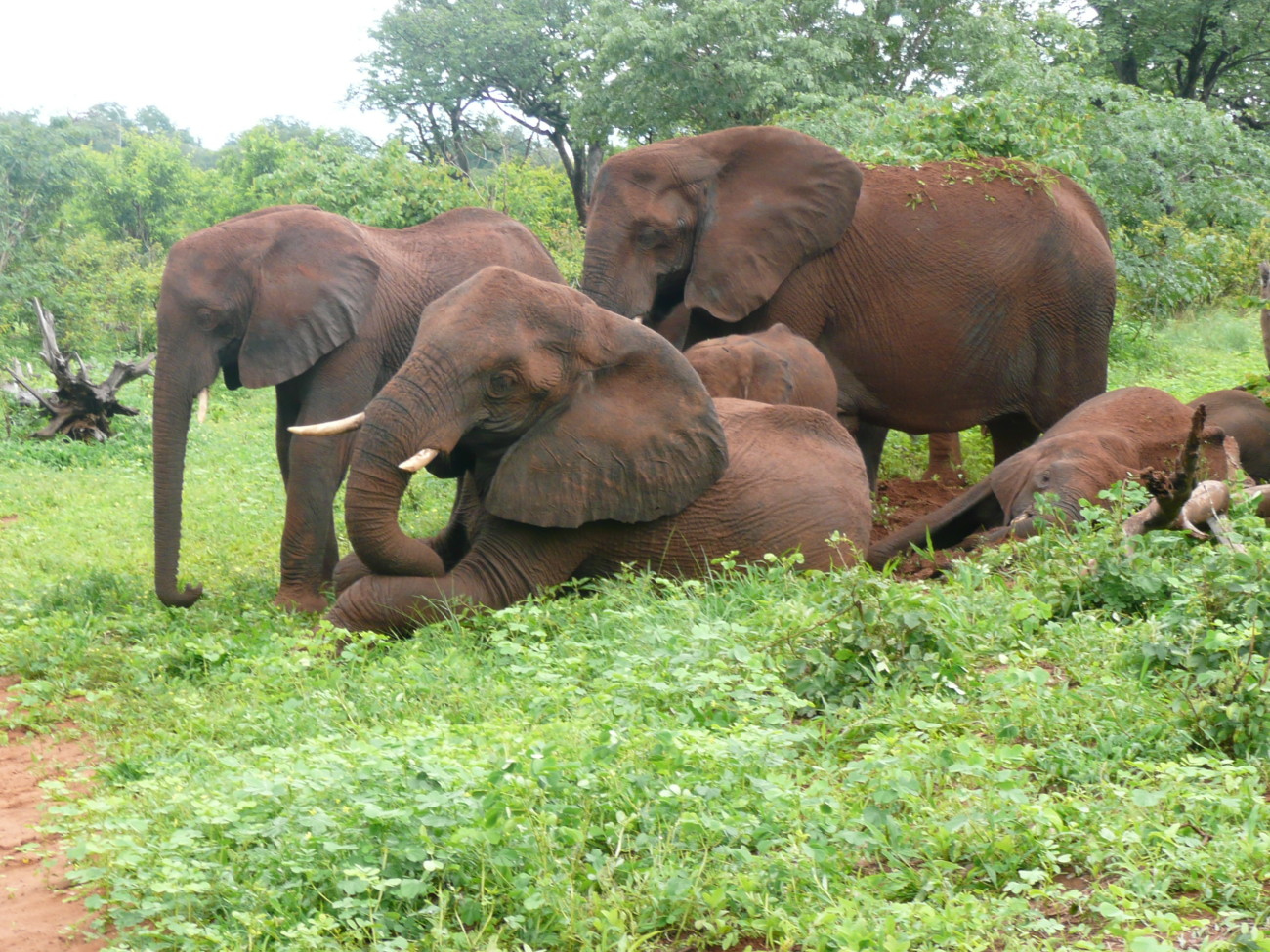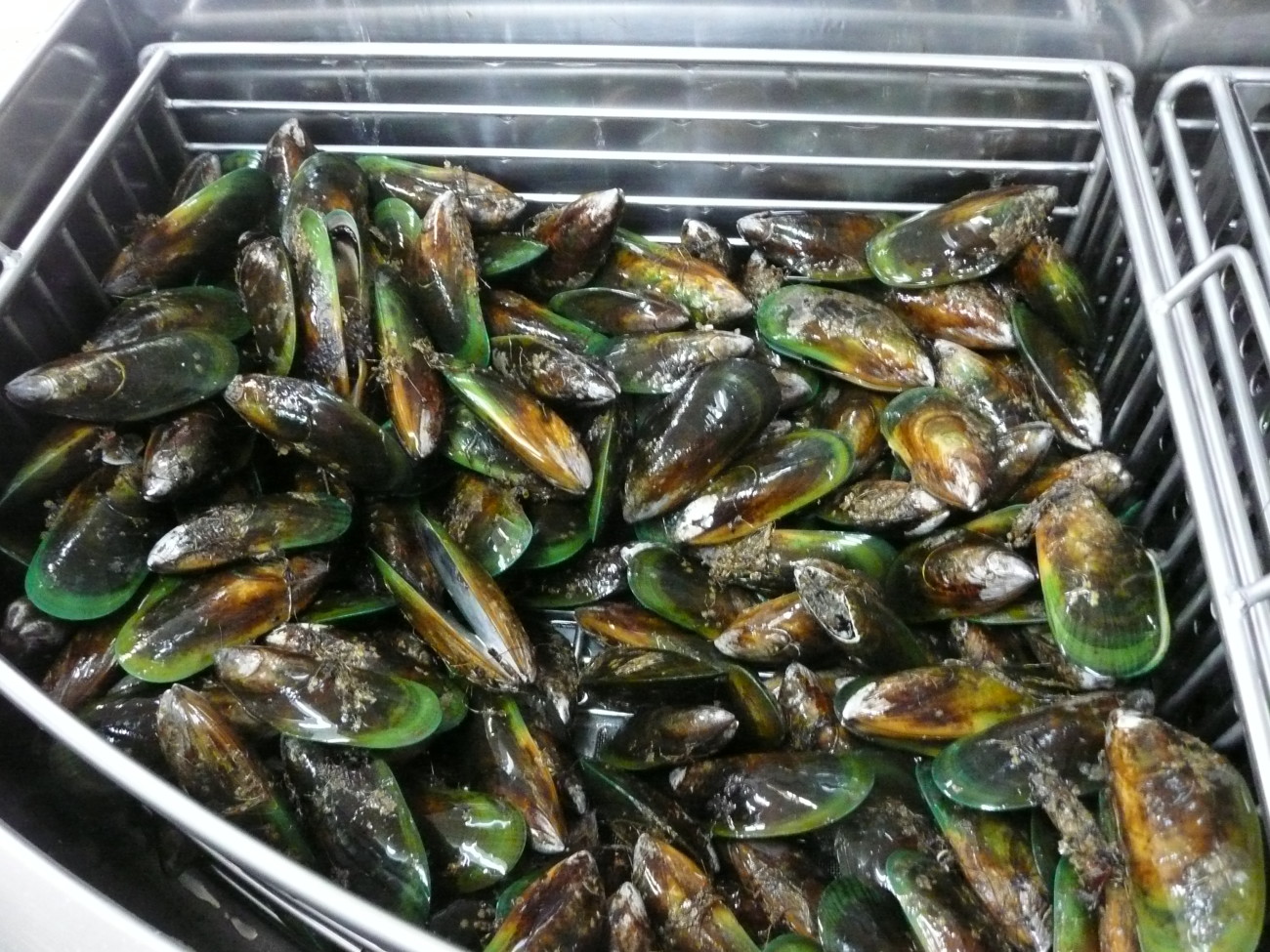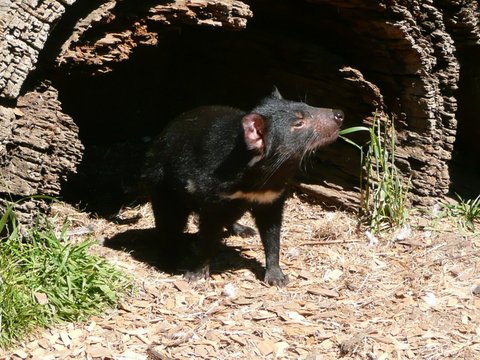
by Loti | Apr 23, 2013 | Africa, Conquering Fear, Landscapes, Wonder of the World, World heritage Sites
Africa. What an awe inspiring sight! Hovering above Victoria Falls in a helicopter (this was definitely way outside my comfort zone), we could see the mist surrounding the falls. And walking the trails around the falls, you hear the thunder of the water, feel the damp spray and try to dodge the monkeys. Just amazing. Called the Smoke that Thunders by the locals, the falls lie on the border of Zimbabwe and Zambia in Southern Africa. Discovered by David Livingstone (the Scottish missionary and physician who was greeted with the famous phrase, “Dr. Livingstone, I presume”), they are named after Queen Victoria of England. Over 1 mile wide and 350 feet high, they are the one of the largest waterfalls on the planet and are designated a World Heritage site. They are also included on the list of the Seven Natural Wonders of the World published by CNN. Which I found fascinating, because on doing some research, there are multiple lists of the Seven Wonders of the World. And each is different. There is the Ancient Seven Wonders, the Natural, the Medieval, the New Seven Wonders, the Modern, the Industrial, the Underwater and even the Animal Seven Wonders (which includes butterflies and magpies). So much to do and see and...

by Loti | Apr 19, 2013 | Africa, Animals
Africa. These beautiful elephants live in Botswana, a wonderful place I visited several years ago. But in Chad which is in Central Africa, just last month, 89 elephants were killed for their ivory. Thirty three were pregnant females and 15 were calves shot along side their Mom’s. How very sad since there are only about 600 elephants left in Chad in the wild, down from 40,000 in the 80’s. And it occurred just as the CITES convention in Bangkok was winding up. Remember the resolution to ban the sale of domestic ivory in Thailand which passed at the beginning of the convention? Now the resolution needs to be implemented as one step to reduce the use of ivory. So how do we protect our animals and our rangers? In Chad, not only are the elephants being killed, but the park rangers hired to protect them are being murdered. Well, some good news. Eight African nations are sending 1,000 troops to the region to protect the remaining elephants and try and stop the poachers. And a cool small way to help, I learned this morning. I sent an electronic post card to a ranger in Africa thanking him/her for their help and dedication in protecting our animals. Wow, I never thought about helping in such an amazing way. Just saying thank you to someone I have never met. You can do it thru the World Wildlife Fund website. Baby steps, but steps! ...

by Loti | Apr 18, 2013 | Animals, Food, New Zealand
New Zealand. Green Lipped Mussels. Very pretty and it turns out really good for you, too. Unfortunately they are endemic to New Zealand, meaning they only grow in the coastal waters of New Zealand. No where else. They are, however, exported to many countries including the U.S. If you have a dog and feed him/her Greenies, then you may be enhancing your dog’s diet with powdered green lipped muscles. The Joint Care Greenies are made from the mussels and have been shown in studies to help alleviate signs of arthritis in dogs. Cool! And if they help our dogs, wouldn’t the same go for us humans? Well, yes. In limited studies, freeze dried green lipped mussels have helped people with improved joint mobility and pain (you can buy them in capsules and no, this is not a recommendation for them). They are very high in Omega 3 and may rival fish oil some day. But the great thing about these mussels-they are one of the most environmentally friendly of any food we can eat. They are grown from wild spat (mussel seed harvested from seaweed washed up on the beach) on long ropes suspended in the ocean. They eat plankton so no feed is needed and they have zero impact on our environment. So next time you are in a restaurant, look for these beautiful, healthy for you mussels. I know I will!...

by Loti | Apr 11, 2013 | Animals, Endangered Species, Tasmania
Tasmania. So who is this cute little guy? Well the Tasmanian Devil, of course. What? There really is a Tasmanian Devil and he/she lives in Tasmania? And it is not a Looney Toon cartoon (remember Taz?). Well first, let’s figure out where Tasmania is since I didn’t know until I visited there a couple of years ago. Tasmania is an island located 150 miles off the Australian coast to the South. It is the only place in the world where the Tasmanian Devil lives in the wild. Outside of Australia, the only place to see the devils is the Copenhagen Zoo where 4 were presented as a gift when the Crown Prince of Denmark, whose Mother is Tasmanian, was born in 2005. No other zoos outside Australia have them. Weird. Devils are the largest carnivorous marsupial (quite a mouthful). Think back to biology, marsupials are mammals that carry their young in a pouch including kangaroos, possums and wombats (which happen to be the devil’s favorite food). Being carnivorous, they consume all of their prey including bones, skin and flesh acting as a vacuum cleaner for the forests. And they are yet another endangered species with 85% of the population being wiped out by a contagious facial cancer that spreads when the devils bite each other through mating or feeding. Scientists are trying to develop a cure and also establish disease free colonies to prevent possible extinction in the next 20 years. Let’s hope it works so you can see a devil next time you are in Tasmania! ...

by Loti | Apr 9, 2013 | Thailand
Thailand. Walking the beach in Thailand, I found one piece of sea glass and some really cool shells. That was enough to celebrate! For those of us hooked on collecting sea glass, each found piece is a new discovery. So a piece from Thailand. I was jumping with joy! Collecting sea glass (any weathered glass found on the beach or inland waterway) is popular around the world. In the US, there is a an online magazine, Sea Glass Journal, an association, North American Sea Glass Association, and even an annual festival in Virginia. Who would have thought? So what is the rarest color? Well it is orange (a color I have never seen) found in 1 out of 10,000 pieces. Brown, kelly green and white are the most common. And the color comes from the original use of the glass; a bottle, jar, plate, or window… And some, as you can see from the photo of pieces I have found in Palm Beach, have writing. Vacation places are even advertised as having good sea glass collecting. Maybe something to check out as you are making your vacation plans. And why collect it? Because, on just a very basic level, it makes us happy. And it is free, good exercise and fun. So see you on the beach and happy collecting. ...






